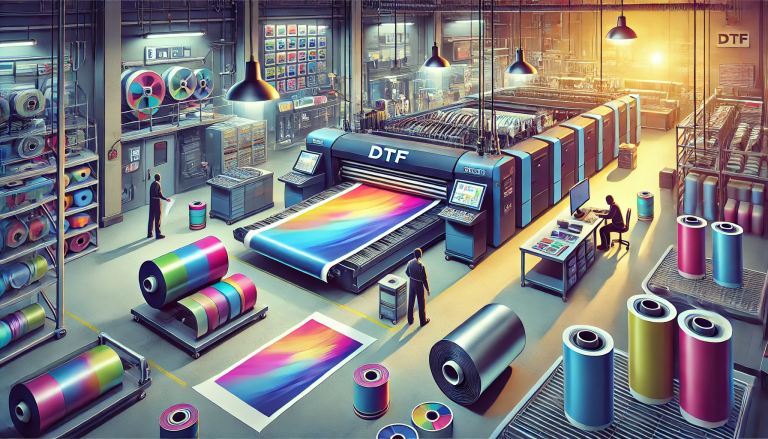“Can You Over Cure UV DTF Powder? Exploring the Dos and Don’ts” -MAXDTF- DTF UV Paper Wholesale, China UV Film Transfer Decal, Made in China
Introduction:
UV DTF (Direct-to-Film) powder has become a game-changer in the world of garment printing, offering a quick and efficient way to transfer vibrant designs onto fabrics. As with any printing method, achieving the perfect balance between curing and over-curing is crucial for obtaining top-notch results. In this blog post, we delve into the topic of over-curing UV DTF powder, examining what it means, its potential consequences, and how to avoid it.
Understanding UV DTF Powder and Curing:
UV DTF powder is a specialized powder that is used in direct-to-garment printing processes. It adheres to the printed ink, allowing for the transfer of intricate designs from a carrier sheet to various fabrics through a heat press. The curing process involves applying controlled heat and UV light to solidify the ink and powder, creating a durable and vibrant print.
The Danger of Over Curing:
Over-curing UV DTF powder refers to subjecting the printed design to excessive heat and UV exposure during the curing process. While a well-cured print ensures longevity and colorfastness, over-curing can have detrimental effects on both the design and the fabric:
- Color Distortion: Over-curing can lead to color shifts, making the design appear faded or discolored. This is especially true for vibrant or intricate designs where accurate color representation is crucial.
- Print Cracking: Excessive curing can cause the printed design to become brittle and prone to cracking, particularly in areas with high ink or powder concentration. This compromises the overall durability of the print.
- Texture Changes: Over-curing may alter the texture of the fabric, resulting in a stiff and uncomfortable feel. This is particularly undesirable for clothing items where comfort is a key factor.
- Adhesion Issues: In some cases, over-curing can negatively impact the adhesion of the UV DTF powder to the ink, leading to peeling or flaking of the design.
Avoiding Over-Curing:
To achieve optimal results when using UV DTF powder, it’s essential to follow proper curing guidelines and best practices:
- Follow Manufacturer Recommendations: Always refer to the manufacturer’s recommendations for curing temperature, time, and UV light intensity. These guidelines are designed to ensure the best outcome for your specific UV DTF powder.
- Test and Adjust: Before applying the curing process to a full batch, perform test prints on scraps or sample fabrics. This will help you fine-tune the curing settings to achieve the desired result without over-curing.
- Use a Heat Press with Even Distribution: Invest in a high-quality heat press with even heat and pressure distribution. Uneven curing can lead to over-cured and under-cured areas within the same design.
- Monitor and Control: During the curing process, closely monitor the fabric’s temperature and appearance. Avoid extended exposure to excessive heat and UV light, and ensure you remove the fabric promptly once cured.
Conclusion:
In the world of UV DTF powder printing, striking the right balance between curing and over-curing is essential for producing vibrant and durable designs on fabrics. Over-curing can lead to a range of issues, from color distortion to adhesion problems, compromising the quality of the final product. By following manufacturer recommendations, conducting tests, and using proper equipment, you can ensure that your UV DTF powder prints are cured to perfection, resulting in stunning and long-lasting creations.




